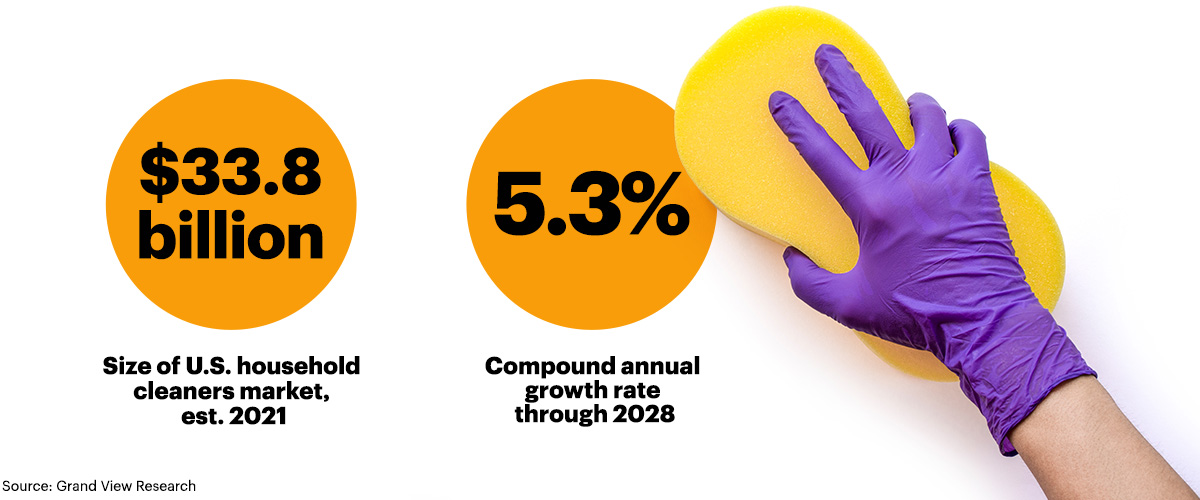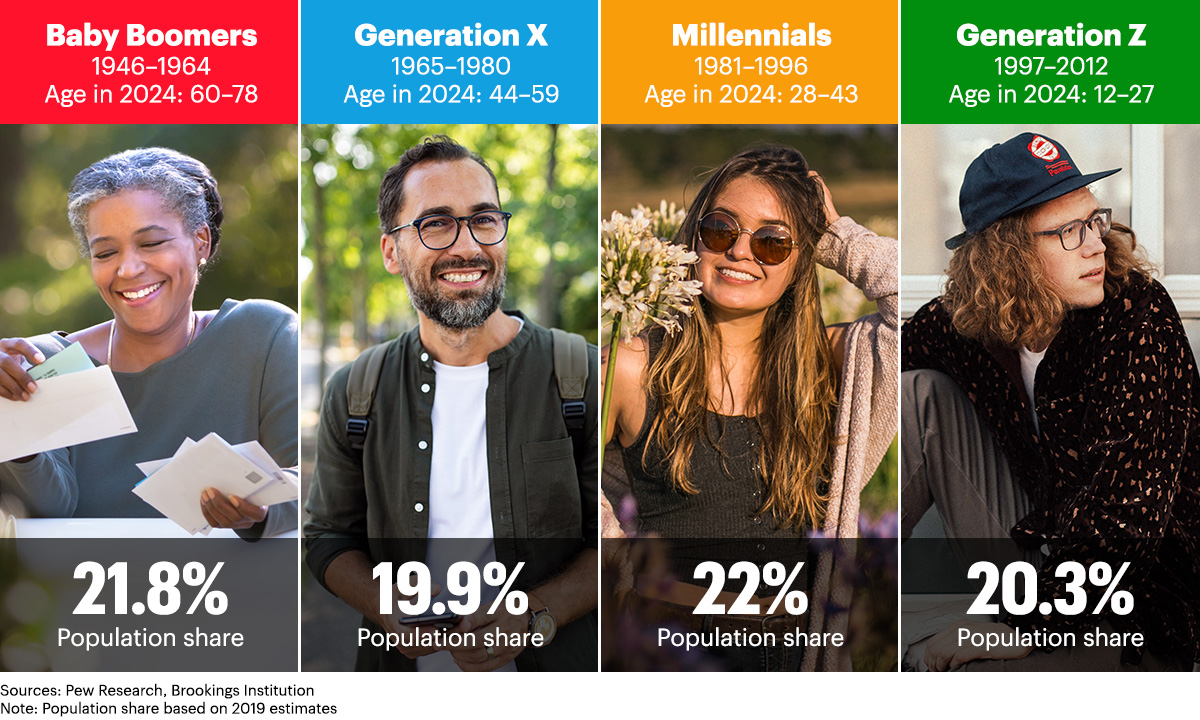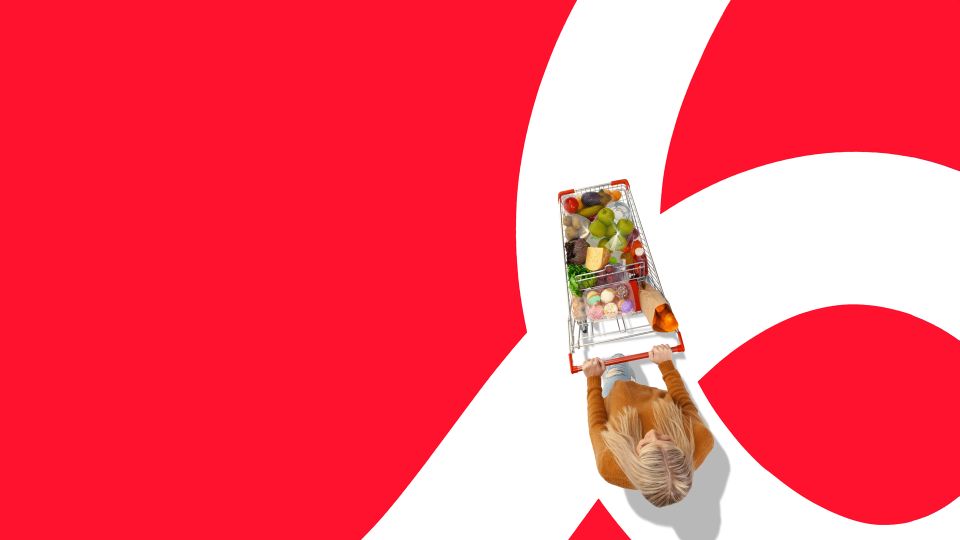Members of Generation Z have much to look forward to as they move into their own homes:
Decorating as they wish… staying up late… playing loud music… inviting friends over late at night.
Probably not as eagerly anticipated: buying their own toilet paper, detergent, lightbulbs and other household care items. Yet, if you’re a marketer of one of those products, this generational rite of passage may fill you with glee.
Unlike beauty, food and leisure items, household care products are typically purchased for the first time as an individual leaves the nest and starts life as an adult — as millions of members of Generation Z, currently between the ages of 11 and 26, are in the process of doing.
Because Gen Z takes a distinctive approach to purchasing compared to other generations, the time is right for household care brands, already part of a growing market, to make a strong play for the attention of this influential group.

What makes Gen Z different
The unique characteristics of Generation Z are well-chronicled. It is the most diverse generation in American history and is on track to be the best-educated. Generation Z comprises an estimated 70 million people born between 1996 and 2012. It is on the cusp of becoming America’s largest generation. And Gen Zers are also noted for an array of values that marketers must consider.
For instance, they believe strongly in corporate social responsibility, ethics and transparency — and feel particularly passionate about climate change and sustainability, as well as social equality and the role of government in solving problems.
Over half of Gen Zers (55%) say they choose brands based on how they perform on variables such as eco-friendliness and corporate social responsibility (CSR), according to a survey by the IBM Institute on Business Value.
About half of Gen Z want their employers to do more environmentally, according to a separate Deloitte study, while four out of 10 cite action on climate change as a factor in their job choices. An estimated 40% of Gen Z favors “ethical labor practices” such as paying workers a living wage, according to a survey commissioned by the International Council of Shopping Centers.
Overall, Gen Z members who have not yet struck out on their own sway purchase decisions within their families, particularly regarding food and beverages, furniture and household goods.
“And they have specific ideas about what they want, how they want it and how it should be delivered,” the IBM report notes. “They expect detailed personalized attention and want to be a part of creating the products and services they desire.”
With these values at the forefront, Gen Z is poised to reshape the marketing landscape for household care and countless other products and services.
“The key word for Generation Z is ‘authenticity,’” says Ashley Wacht, Head of Product Marketing for Consumer Packaged Goods at Quad. “The generation is still relatively young, but as its members come of age, they are showing themselves to be smart and thoughtful consumers who want to connect personally with products that represent their values. CPG brands need to take a practical, data-driven approach focused on social media and mobile to earn the loyalty of Gen Z.”

Gen Z and household care
Moving into your own house or apartment means taking on adult responsibilities. Regular monthly rent or mortgage payments are one thing, yet basic upkeep also requires time and energy. In that regard, Generation Z scores off the charts.
More than 80% of Gen Zers said they enjoy the challenge of cleaning, according to a 2021 survey by S.C. Johnson, makers of household consumer brands such as Windex and Scrubbing Bubbles.
Their motivations for embracing cleaning differ from previous generations. Where Millennials or Baby Boomers primarily focus on cleaning as a matter of safety, Gen Z sees it as a relaxing activity, per a spring 2023 survey by the Collage Group.
Interestingly for marketers, Gen Z’s brand preferences aren’t set: Only half say they have a repeat favorite brand for cleaning products; a third say they are open to trying new products often.
This is where the Gen Z outlook comes into play. For example, nearly three out of four members of Gen Z say they are willing to pay more for sustainable products, according to a First Insight survey.
Generation Z influences
Understanding what makes the Gen Z shopper tick is a crucial challenge for CMOs, not just those with household care brands under their supervision. To be successful requires a focused understanding of social media, according to data and marketing experts.
In addition to friends and family, Gen Z also looks to social media communities for brand recommendations and relies on those platforms for inspiration and engagement, according to a report from GWI, a research and audience targeting firm.
Perhaps not coincidentally, cleaning is one of the hottest topics in social media. The hashtag #CleanTok, for example, is one of TikTok’s most popular hashtags, with about 105 billion video views to date. These videos provide advice on resolving the toughest cleaning challenges around the home.
Brands are noticing. Unilever recently launched a “soap opera” on the TikTok platform, consisting of five short videos that transform household objects into comedic animated characters. Unilever is co-producing the videos with a popular TikTok artist and influencer. Since the introduction of the campaign, views of #CleanTok videos surged by almost 50%.
GWI says Generation Z’s behavior on social media reflects a sea change in attitude, going from “I know what I want to find/search for” to “I want to explore and find things I didn’t even know I needed.”
Staying centered in a data-flooded world
At the same time, marketers should also resist the temptation to accept overgeneralizations about Generation Z — or any group — as universal truths, according to Keisha Hooks, Vice President of Experience Design at Quad.
As a cautionary example, albeit one that highlights Baby Boomers, Hooks fondly recalls an often-discussed comparison between Prince (now King) Charles and Ozzy Osbourne, former lead singer of the heavy metal band Black Sabbath. As the BBC notes: “The two men were born in the same year, 1948, are wealthy, self-employed and spend a lot of time in the same location, London. They both like international travel, dogs, sports cars, fine wines, have children and have married and re-married.”
Neither of them are likely to be found in a supermarket shopping for dishwasher detergent, Tupperware, smoke detectors or other household goods. But it would be a grave mistake to consider them part of the same audience, Hooks says. “It is potentially dangerous to use certain generational traits alone to define your audience. Age is not necessarily a reliable indicator of what resonates,” she adds.
Brands “need to dig deeper,” says Tory B. Nagel, Senior Creative Strategist at creative agency Periscope, a Quad company. “How you position products for target audiences depends on where they are in life, and the context of their upbringing.”
At the same time, even that approach requires careful thought. Younger generations may not follow a “traditional” life cycle of high school, college, job, marriage, mortgage and beyond, says Aaron Martin, Strategy Director at Periscope. “Sometimes things happen out of order.”
The best path in addressing target audiences is to go back to the basics. Here’s a checklist for household care brands on how to win with this new, digital-first generation:



